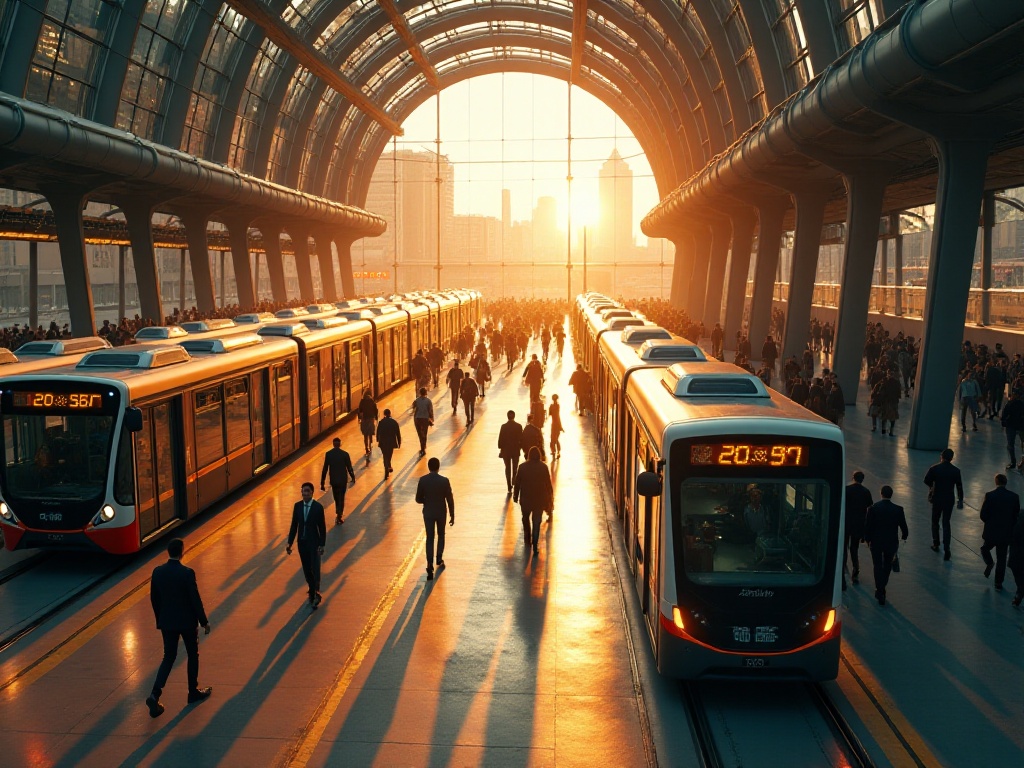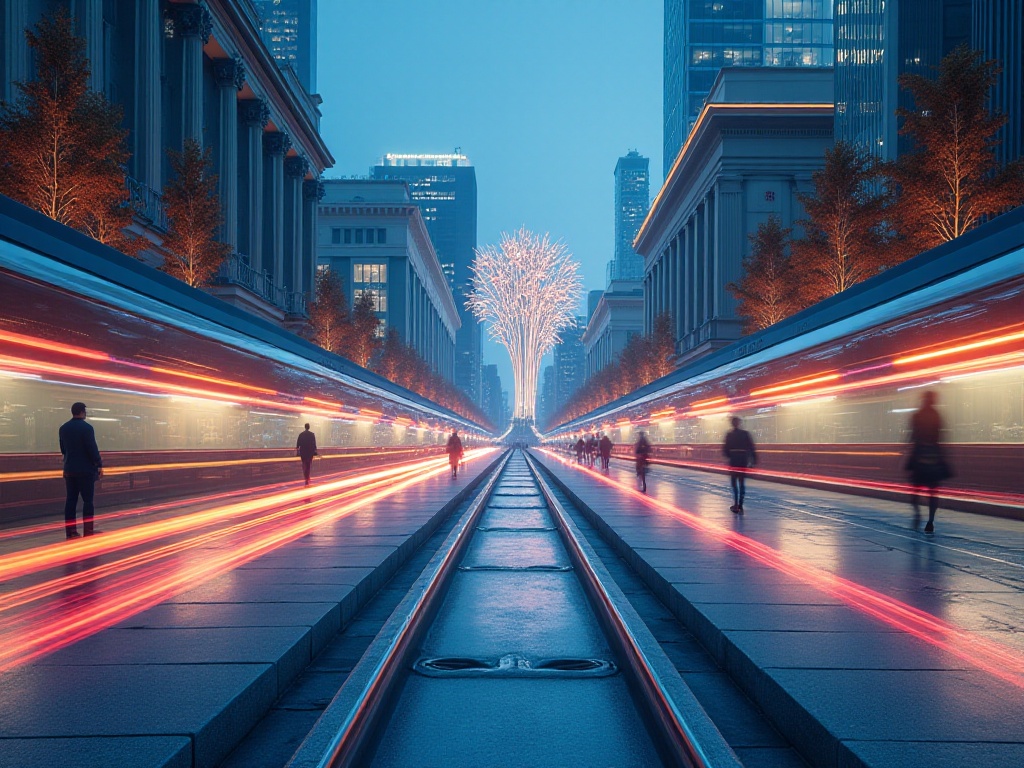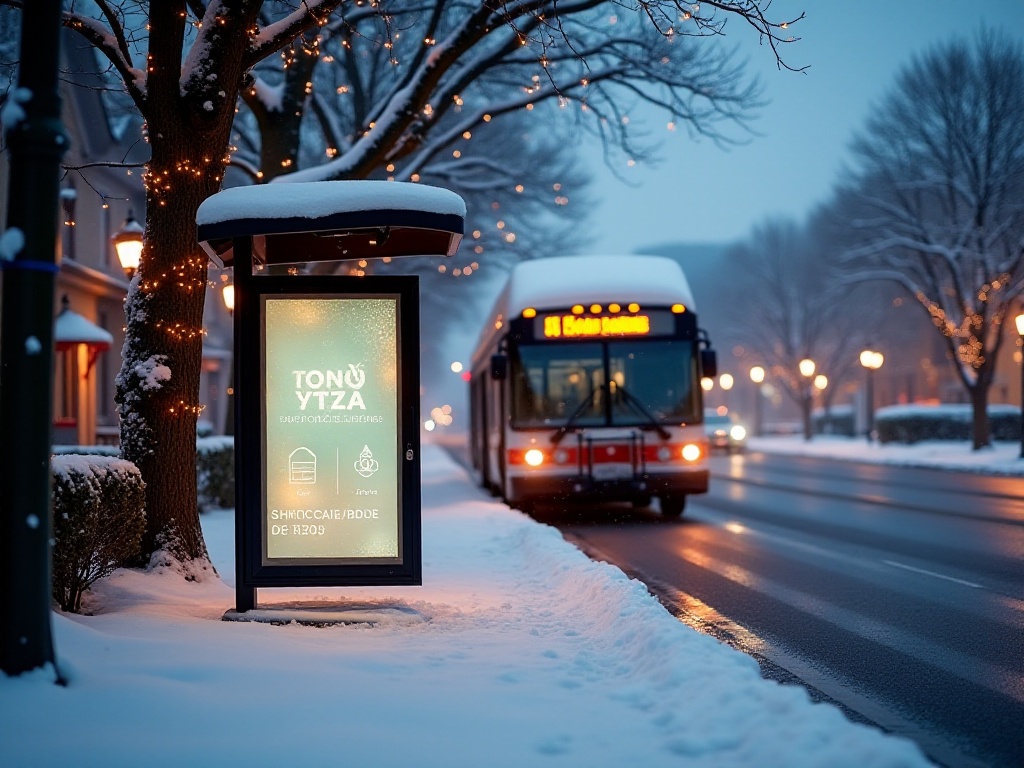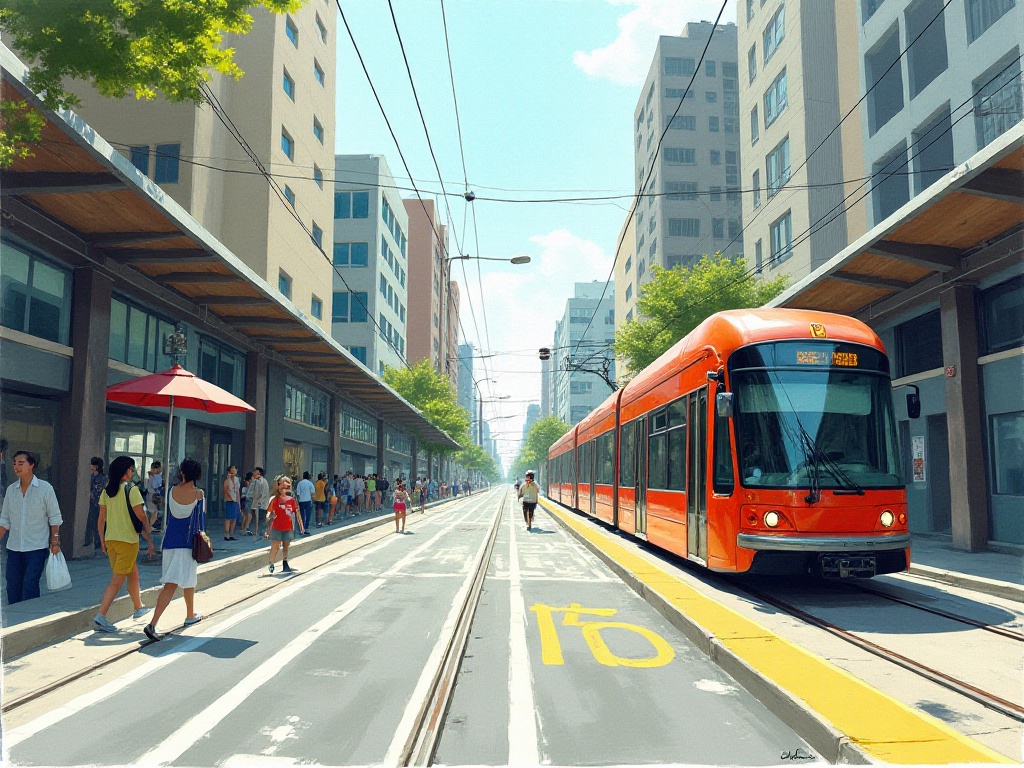Introduction
Every morning at 7:30, I start my day at the subway station along with hundreds of thousands of strangers. Standing in the bustling station, watching crowds surge like tides, I often wonder: why do we all choose to leave at the same time? In the station, there are suited professionals, students with heavy backpacks, and workers carrying toolboxes. Everyone is anxious about making it on time and looking around to find the best spot to board. As a veteran subway commuter with five years of experience in Beijing, today I want to share some practical subway transfer tips with you.
The Pain of Transfers
During my years in Beijing, I've experienced every aspect of "transfer pain." When I first arrived, I lived in Tongzhou and worked in Zhongguancun. Every morning required two transfers, with rush hour commutes taking up to an hour and a half one way. I often wondered what it was like for so many people to be packed together like this.
According to data from the Beijing Transportation Committee, daily subway ridership in 2024 reaches 13 million, with morning rush hour (7:00-9:00) accounting for 28% of daily traffic. What does this mean? It means nearly 3.64 million people are "shoulder to shoulder" in the subway every morning. That's equivalent to the population of a medium-sized city!
I remember once at Xizhimen Station, it was so crowded I couldn't move. When the person in front took a tiny step forward, I followed suit. Later I learned that Xizhimen is one of Beijing's busiest transfer stations, with daily passenger flow exceeding 500,000. During peak hours, the density in transfer corridors can reach 6-7 people per square meter.
Similar scenes are common at other major transfer stations in Beijing. Guomao Station, Dongzhimen Station, and Fuxingmen Station are all notorious for difficult transfers. The challenge multiplies on rainy days or during major holidays.
Advance Preparation
After countless trials and errors, I've finally developed an effective set of "commuting strategies." First, advance preparation is essential.
I strongly recommend downloading several useful subway apps. For example, the Beijing Subway app shows real-time train locations and station crowding levels. Based on my experience, this feature is over 85% accurate. Every morning before leaving, I check the app to see today's passenger flow and decide if I need to adjust my departure time.

In-Station Techniques
Choosing Cars
When it comes to choosing train cars, there's much to consider. Many people don't know that crowding levels vary between cars. According to Beijing Rail Transit Operation Management Center data, passenger density in the front and rear cars is about 20% lower than in middle cars.
Why is this? Most passengers tend to position themselves near escalator exits. It's natural - who doesn't want to save some energy? But this "following the crowd" mentality creates overcrowded middle cars and relatively empty front and rear cars.
I personally prefer the second-to-last car. This position isn't too crowded and isn't too far from exits. I've also noticed the air conditioning works particularly well in this car, probably due to fewer people.
When choosing where to stand, I have my own tricks. For long rides, I pick spots near the doors for easier transfers. For short trips, I move toward the middle of the car where it's usually more comfortable.
Transfer Routes
When planning transfer routes, don't just pursue the "shortest distance." I've experienced situations where trying to save 50 meters ended up causing a 15-minute delay in transfer passages. Beijing Subway operations statistics show that during morning rush hour, walking time in some transfer passages can increase 2-3 times compared to normal.

Time Management
Golden Hours
Through analyzing Beijing subway passenger flow, I've found 7:15-7:45 AM is the most crowded period, with passenger volume 40% higher than average. This coincides with peak office hours, making the subway virtually impossible to move through.
If your work schedule is flexible, I strongly recommend avoiding peak hours. Leaving 15 minutes earlier or later makes a huge difference. I now leave at 7:00 AM - though it means getting up earlier, at least I can breathe.

Essential Equipment
Must-Have Items
In my commuting bag, I always keep certain essential items. First is my subway card with sufficient balance. Second is a lightweight backpack, preferably one that passes security checks quickly. I use an anti-theft backpack with dedicated compartments for organizing items.

Emergency Plans
Temporary Adjustments
When subway malfunctions or special situations occur, learn to be flexible. According to Beijing Transportation Committee statistics, in 2023 morning rush hour delay incidents, 80% of passengers successfully reached their destinations by switching to other transportation modes.

Conclusion
Commuting may seem ordinary but affects everyone's quality of life. Looking back on years of subway commuting, though there were difficult moments, I've gained much experience and insight.
Every morning, standing on the familiar platform watching crowds come and go, I feel something special. Everyone in this city is hustling for life and pursuing their dreams. With proper planning, preparation, and some practical tips, you too can navigate the morning rush hour with ease.
Do you have any unique subway commuting experiences? Feel free to share in the comments. Let's discuss how to make daily commutes more relaxing and enjoyable.
Kind Reminder
Remember to maintain a calm attitude no matter how urgent things seem. Though the subway is crowded, if we each show more understanding and tolerance, we can make commuting through this "steel forest" warmer.
I've seen many heartwarming scenes in crowded subways: young people offering seats to the elderly, strangers helping others pick up dropped items, people cooperatively maximizing space in cars. These small acts of kindness convince me this city remains full of warmth.
Finally, I hope everyone commuting stays safe and smooth. Let's work together to make daily commutes not just a necessary journey, but one filled with hope.




